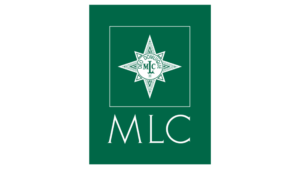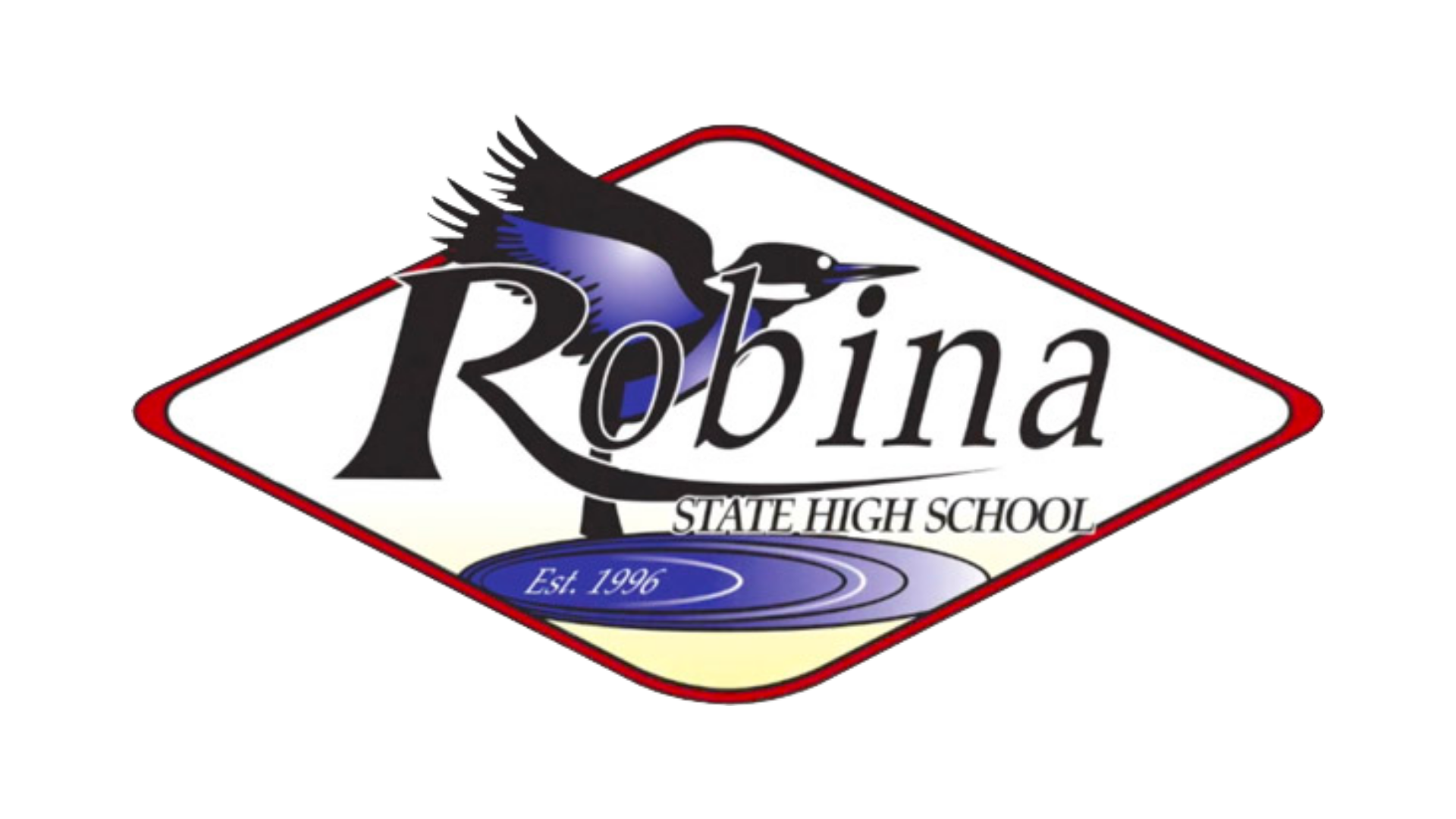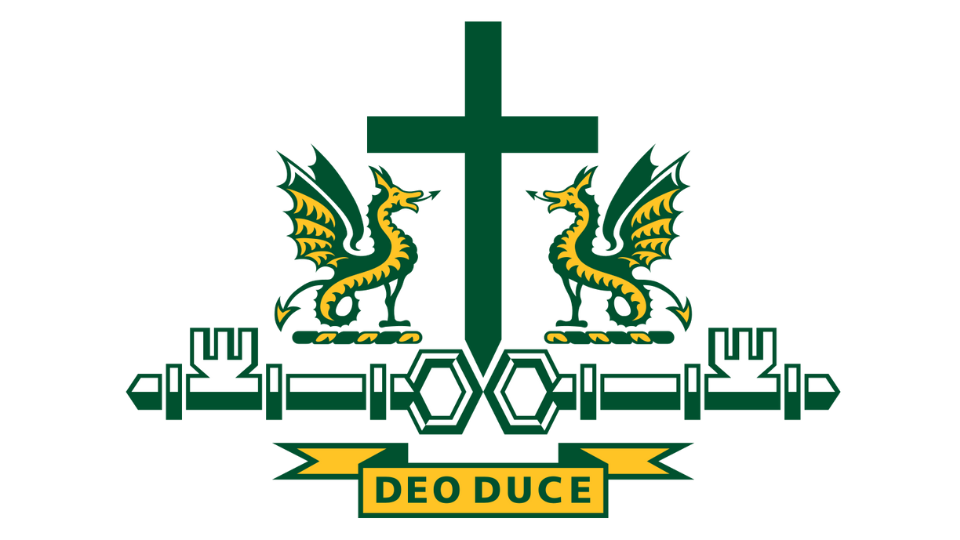How Our Transformative Tutoring Program Enhances
Science, Humanities & Other Subjects

OUR TRANSFORMATION PROGRAM DRIVES CHANGE IN YOUR CHILD BY BUILDING THEIR ENGLISH & MATHS FOUNDATION
We improve your child's confidence, motivation, and grades in just 6 months.
Our 6-month Transformation Program is a game-changing transformative tutoring program unlike any other and is transforming students across Australia. Our program takes a holistic approach, boosting confidence and motivation, backed by research-based methods and educational psychology principles. We're not just about improving grades; we're committed to transforming lives and nurturing well-rounded, confident learners ready to tackle the challenges of the modern academic landscape.
We've made a strategic shift to concentrate solely on English and Maths, recognising their pivotal roles as the foundation of all academic subjects. We firmly believe that by enhancing students' comprehension, analysis, and communication skills through English and reinforcing their mathematical principles and problem-solving abilities, we empower them to excel in any subject.
Join us in unlocking your child's boundless potential across all subjects!
IN JUST 6 MONTHS, YOU AND YOUR CHILD WILL EXPERIENCE

Confidence

Motivation
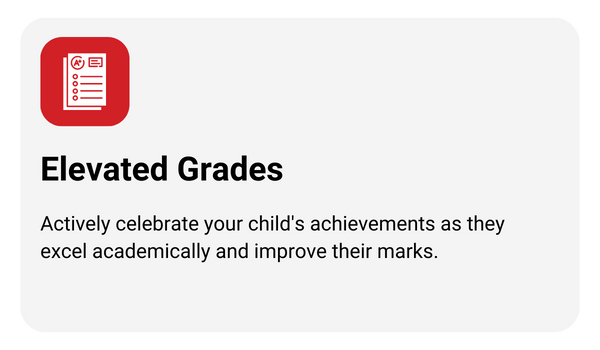
Grades
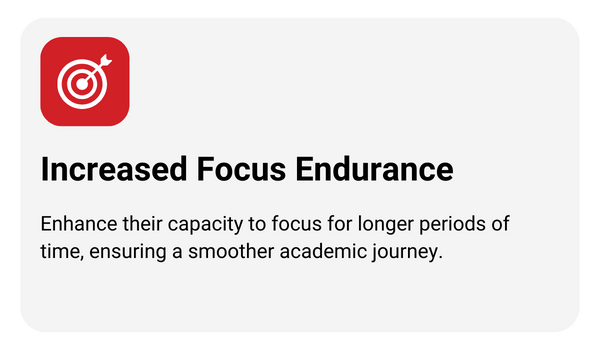
Focus

Skills
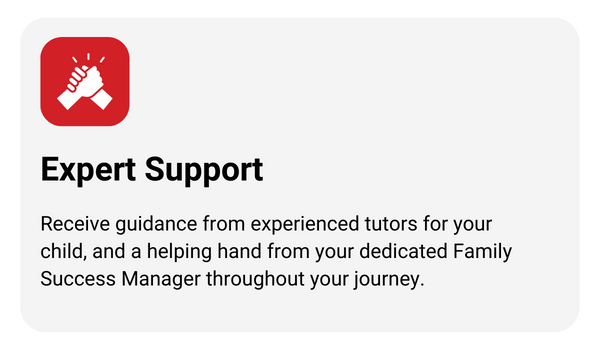
Support

OUR METHOD
Transform Your Child's Mindset
Teach Your Child the Strategies and Skills to Becoming a Successful Student
Mentor and Guide Them to Improve Confidence, Motivation, and Grades
Ongoing Support For Your Family
THIS IS WHY WE DO WHAT WE DO
Their unique approach to helping students feel confident in their preparation for exams, assessments and increasing their literacy and numeracy skills, sets them up for success, no matter their hesitations. It is so important, especially within this generation, to find ways to keep students engaged in the learning process.
“Caelan came out of the session and said he had so much fun! I couldn’t believe my ears that anyone would ever say they had fun doing maths tutoring. He’s already finished all the homework Josh set for him and can’t wait for next week.”
The word “Proud” doesn’t even come close to expressing how we felt last night at our daughter’s Awards Ceremony. The studying structure and skills she has developed since starting with the program has been invaluable.
“I am very impressed with our tutor, Elaine, and her approach, and we are grateful for her detailed feedback. I actually mentioned to my husband that this is more concrete and helpful feedback than we have ever received from his teachers. I definitely recognise my son in her comments and think that her observations were spot on. In particular, that he struggles with inferences and that his problem-solving approach could be simplified.
My son worked really well with her and I think that he can learn a lot from Elaine! We are looking forward to the next session”
“Our tutors, Jake and Bodi are very well matched to both of our boys. My sons were so happy that all of their goal setting was done in the first session and I am really looking forward to seeing how the boys respond throughout the term!”
Lydia has been a wonderful tutor for Felix. She has a great manner and is excellent at teaching content across a number of subjects. She has also been a supportive coach and mentor to Felix, helping with exam techniques and building confidence. She always brings positivity, encouragement and good humour. We feel really lucky to have had her support and know she has made an enormous difference to how years 11 and 12 have felt and the results that he has achieved.
“Everyone comments on her confidence.”
“Cecelia has never passed English before so we’re really celebrating this C. The teacher said that she’s on course for a B this term and everyone, her teacher, her teacher’s aide and her reading group leader – they’ve all said she’s far more confident, putting her opinion out there, and finally feeling brave enough to read out loud. This has been a big celebration in our house.”
“I am sure Jonathan will want to tell his APT, he recently received an A- for his Maths PSMT. This is an amazing turnaround from when he started with A Team Tuition (Term 1 2023). I am very happy for Jonathan to continue!”
“I am very happy with how the sessions are going. Avalon was sitting on a D to C and just received a B- in Math! Her teacher marked improvement with both maths and confidence. Our tutor, Andrew, takes the time to discuss and draw out of Avalon what she understands and also struggles with. He is very patient and takes time to repeat things. She loves how he gets her to repeat back what he is teaching her to ensure she understands, as she normally is too shy to say. He has great communication skills and he somehow gets through to her as she is difficult to read. All round a lovely young man.”
“My daughter, Tara’s, first session has exceeded both hers and my expectation. You will never begin to understand the impact this session had. Tara had a level of energy and confidence that I have not seen in a very long time. She is so excited to continue to learn. Thank you so much.”
The only tutoring company in Australia with official school partnerships

The Now Effect















